Projects from Make: Magazine
Making a DIY Vacuum Former Cheap in One Day
Here's a quick demo on how to build your own DIY vacuum forming machine with basic items and very little money or experience.
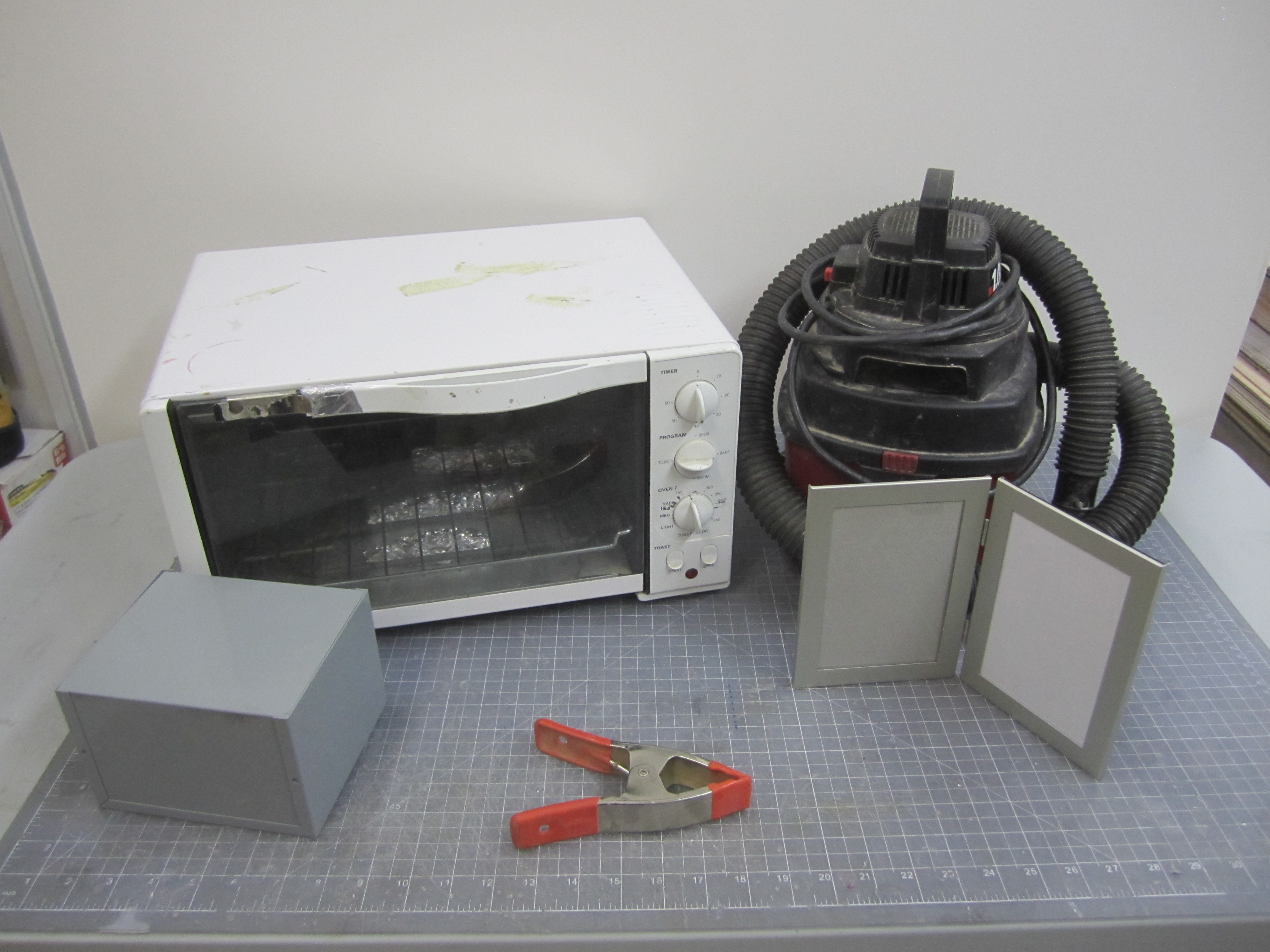
Here's a quick demo on how to build your own DIY vacuum forming machine with basic items and very little money or experience.


A – You will need: a vacuum, a toaster oven, a metal project box, a hinged two-picture frame and a metal spring clip.
B – Drill loads of holes in the top of the metal project box.
C – Drill a large hole in the side of the project box that is the same diameter as your vacuum hose. I recommend clamping down the box section and using a step drill.

D – Assemble your project box and seal the seams with duct tape.
E- Apply a weather strip to the top perimeter of the box.
F – Wrap the vacuum hose with duct tape until it fits in the project box with a good seal.
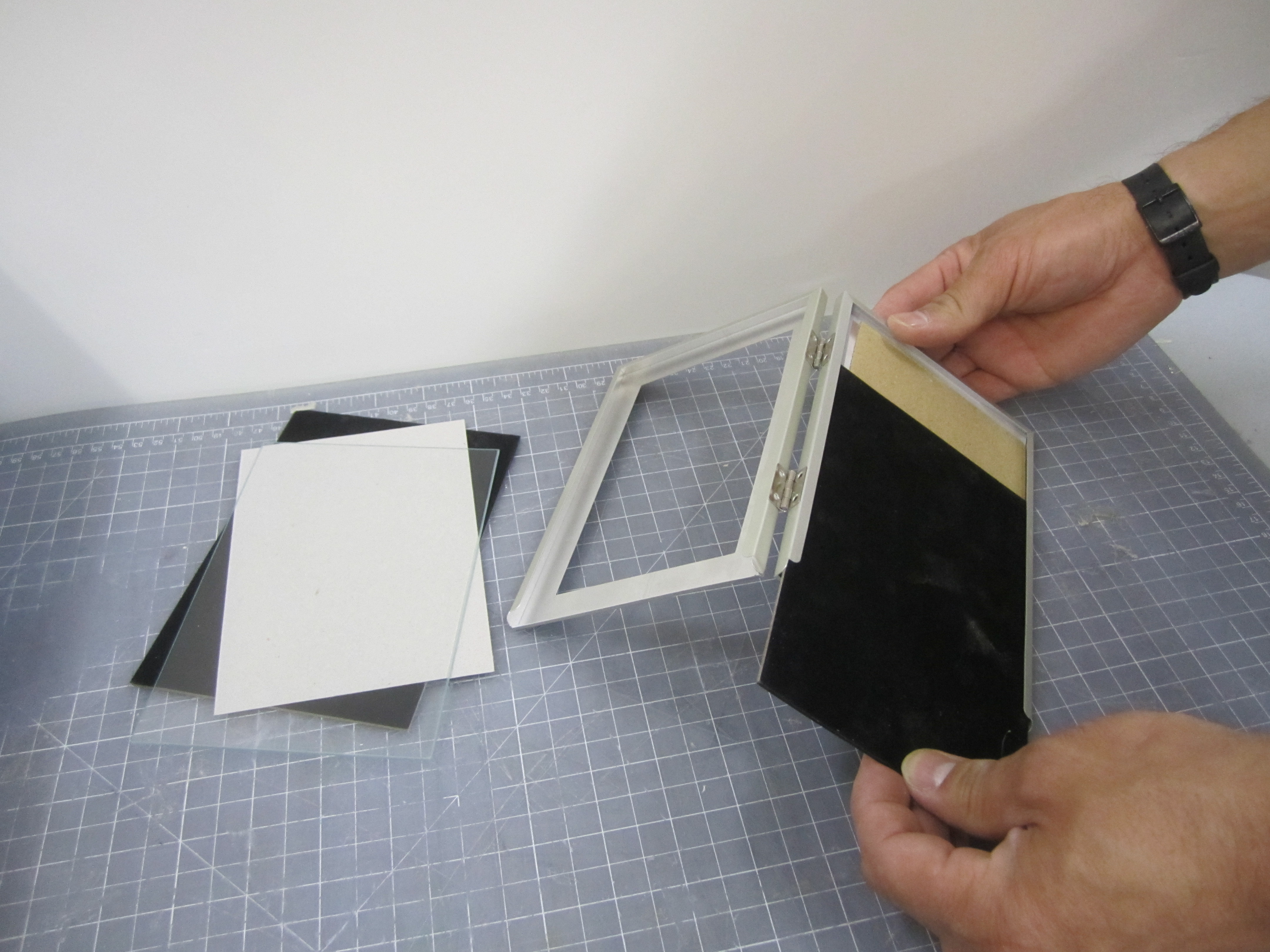
G – Remove the glass and backing from the picture frames. Save one backing piece.
H – Add some wood strips to the frame on the non-hinge side to keep the spring clip from crushing the frame.
I – Use the saved backing piece to mark your plastic sheet. Shown here is standard .02″ thick polystyrene sheet. You can also use the more durable ABS and clear PETG, but it takes a little experimentation to get the timing correct. Always buy extra material!
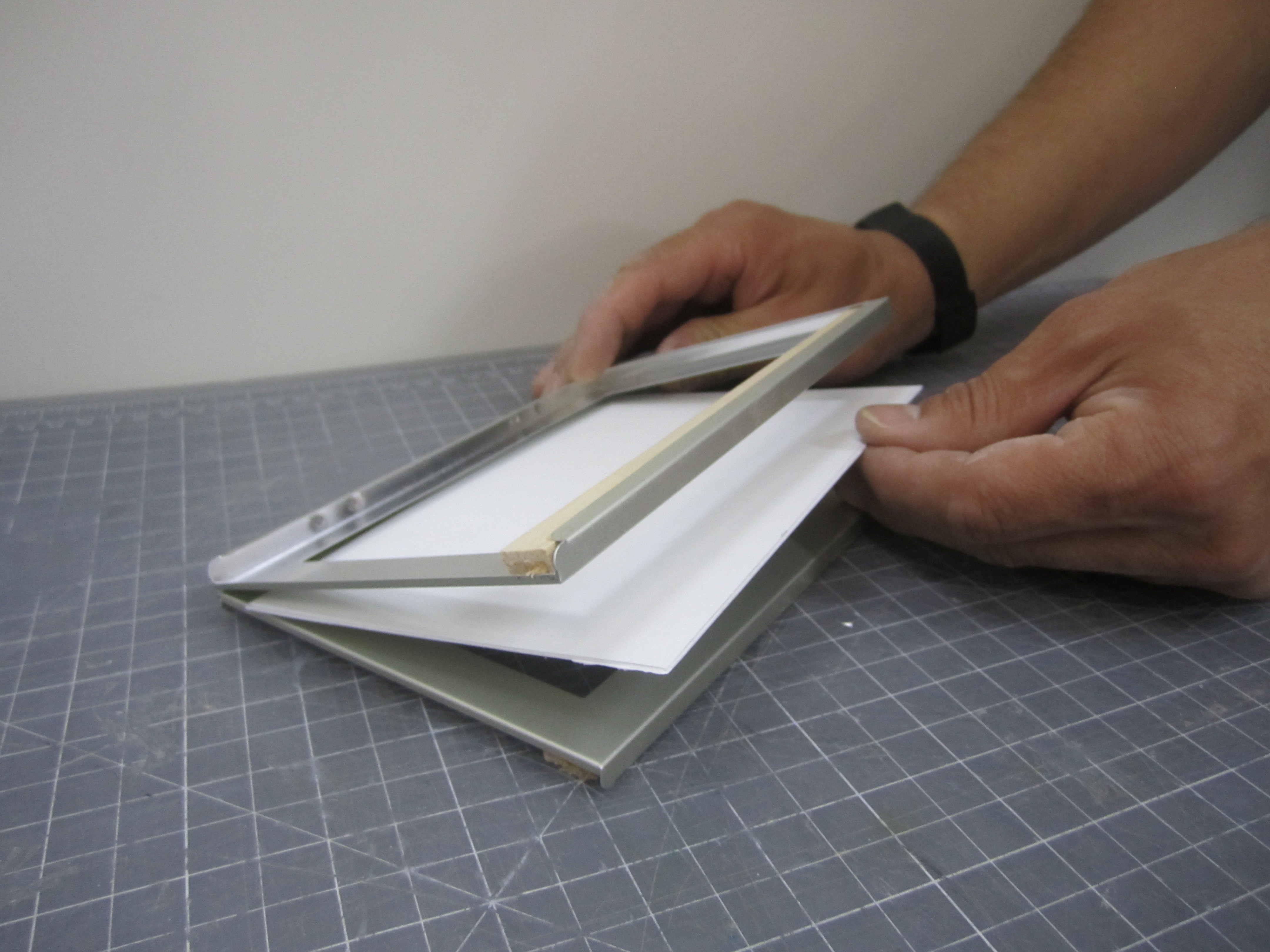
J – insert the plastic sheet into your frame, being sure it seats against the hinges.
K- Close the open end of the frame with the spring clip. (Not shown: Remove the plastic guards from your clip before heating.)
L – You can make vacuum form patterns out of any material that won’t collapse or get damaged from the heated plastic. I recommend plaster of Paris. It is inexpensive, easy to carve and sands nicely.
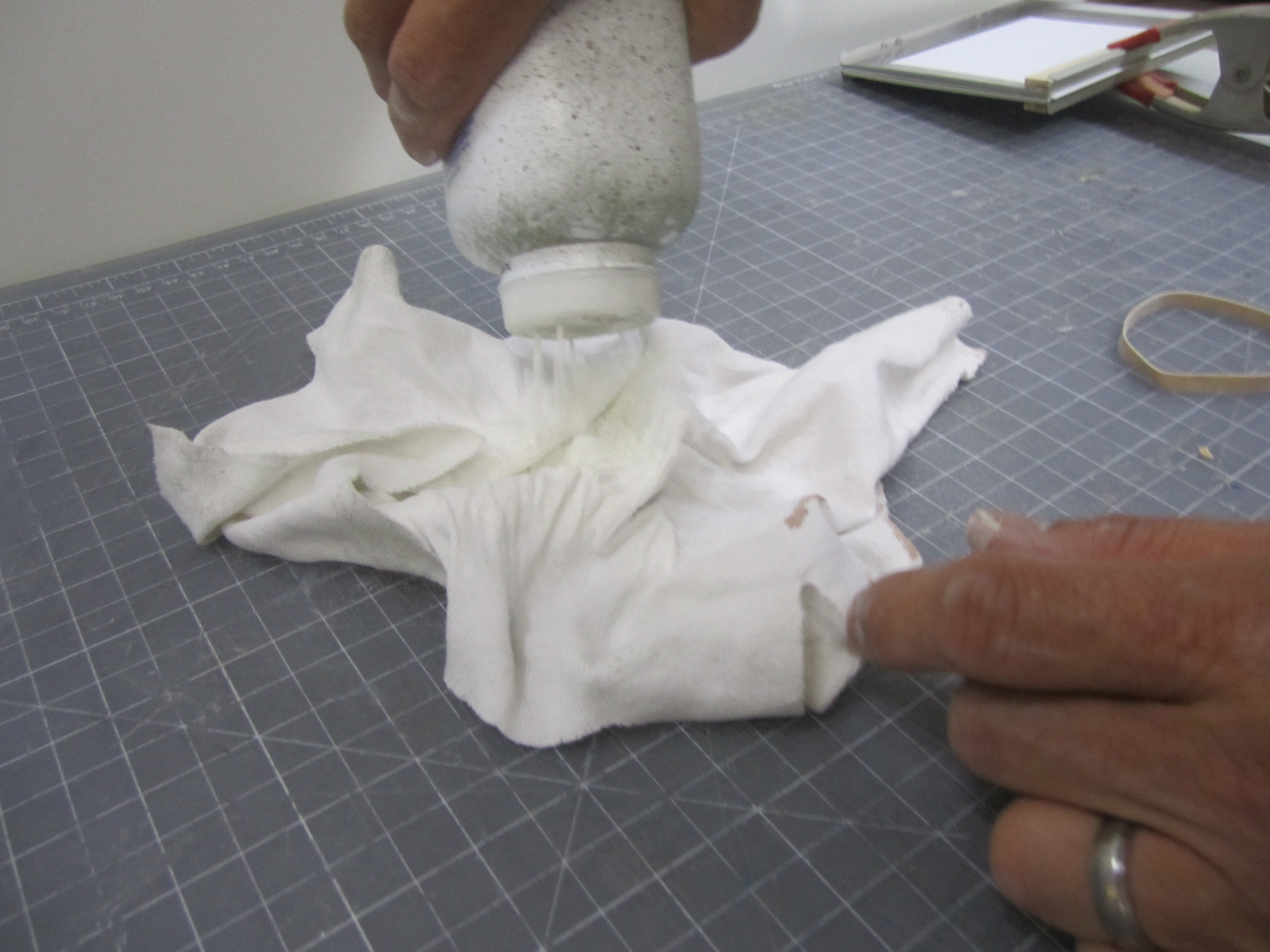
M – You can make a “talc sock” from kid’s socks or a cotton rag by pouring talc into the middle of the fabric and closing with a rubberband.
O – Lightly powder your pattern to keep the plastic from sticking to it.
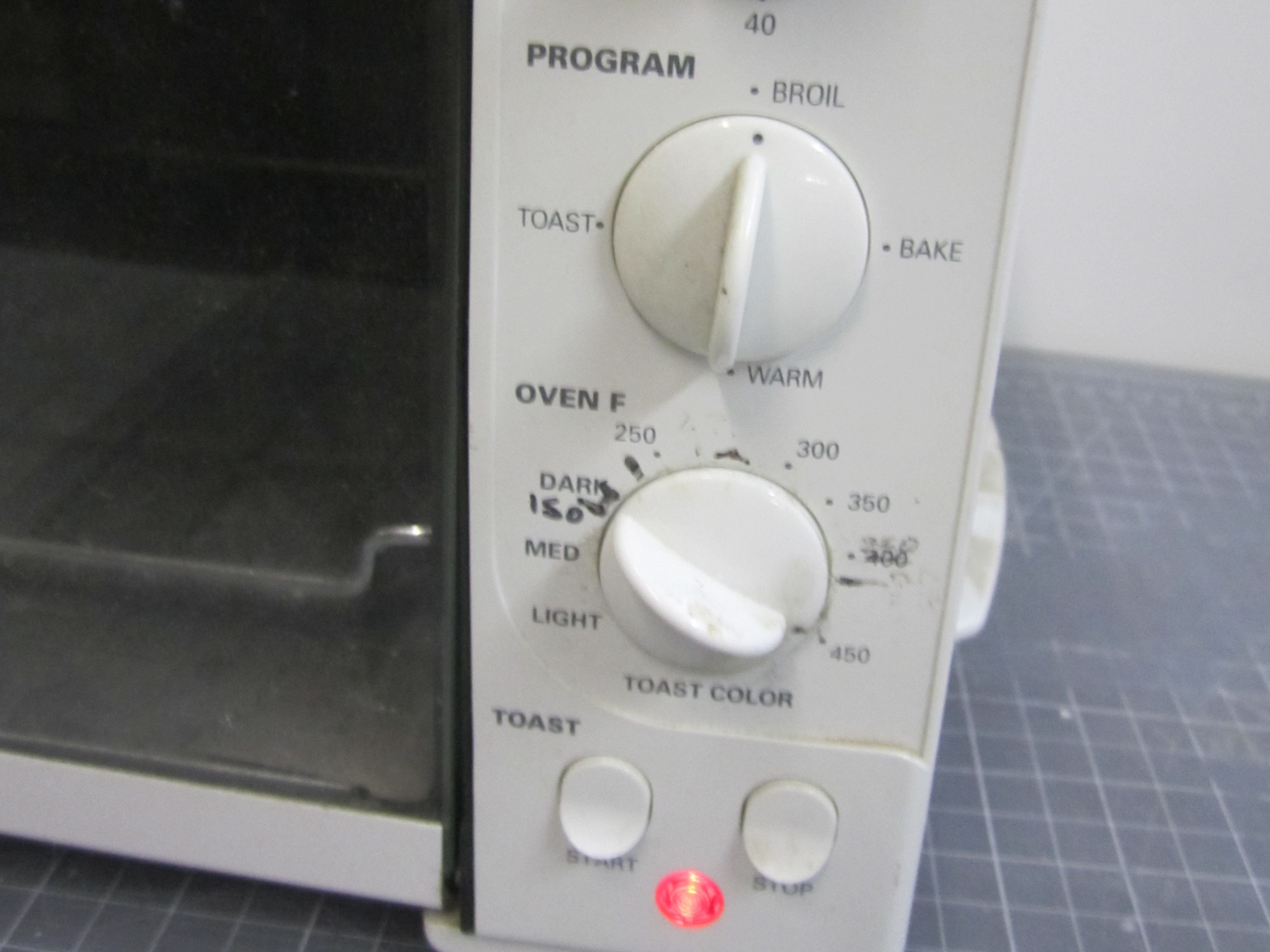
P – Preheat your toaster oven set to broil.
Q – Put on some heavy gloves and hold your plastic close to the top heating element without touching the element. Wait until the plastic droops down about the same distance as the pattern is high.
R – Turn on the vacuum. Move the heated plastic onto the top of your pattern while making sure the weather seal makes contact all the way around the frame holding the plastic.
There you have it! You’ve just made your own vacuum forming machine. This project is scalable. I have made larger machines using a welded frame, space heaters and larger vacuums.